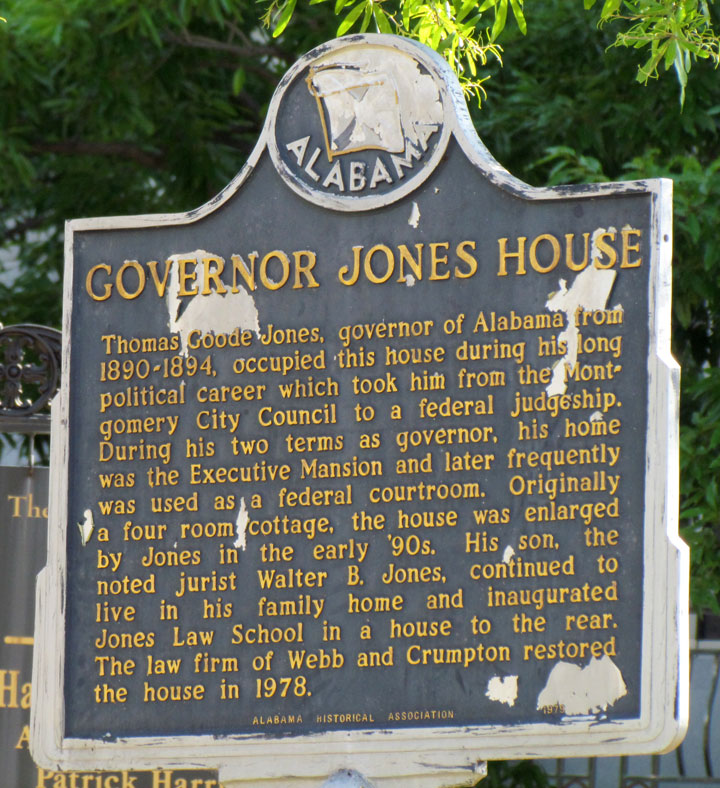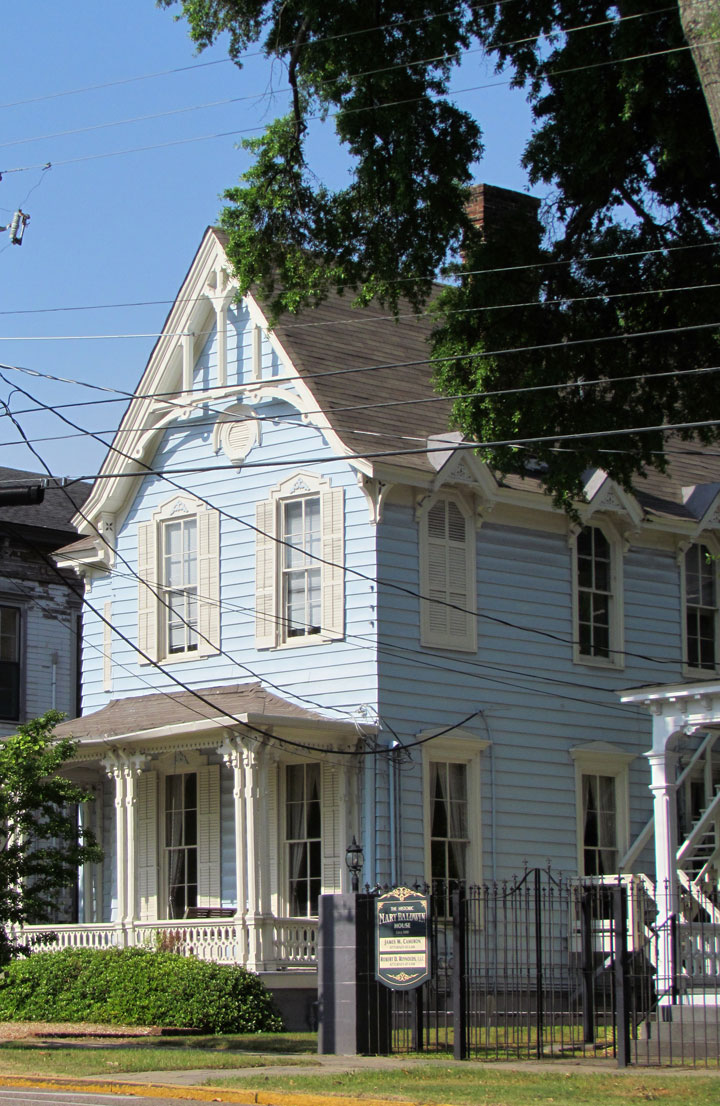

Montgomery
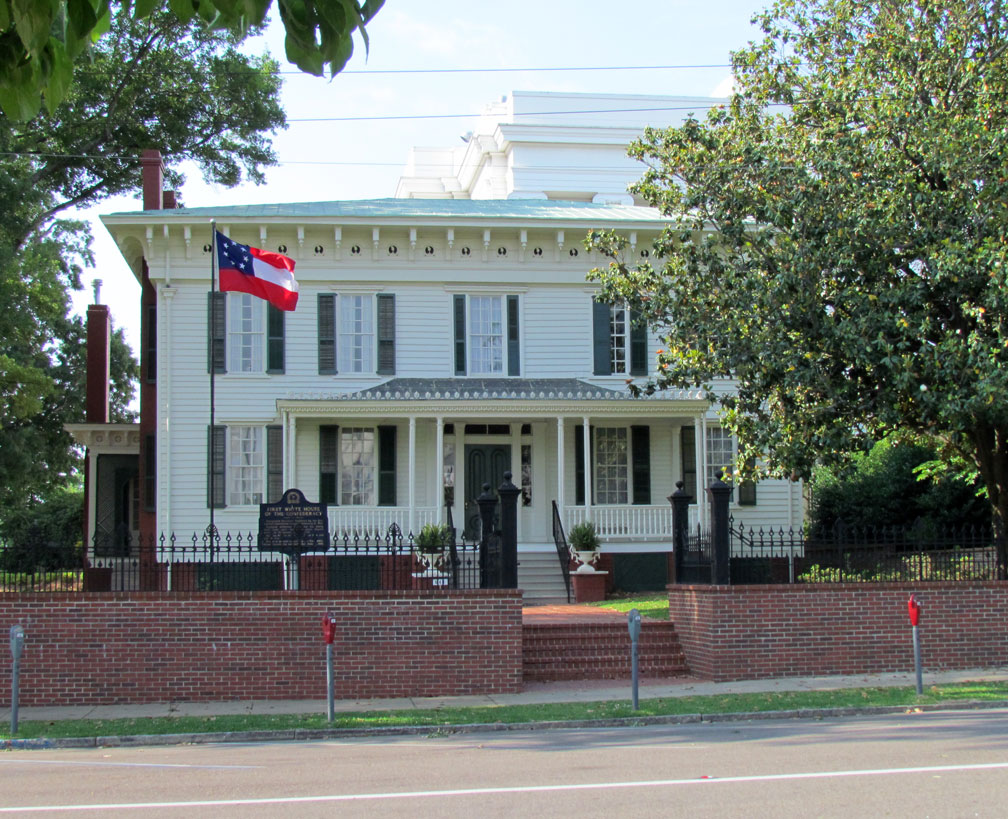
First White House of the Confederacy
Montgomery is the capital, second most populous city, and the fourth most populous metropolitan area in the Southern US state of Alabama, and is the county seat of Montgomery County. It is located southeast of the center of the state, in the Gulf Coastal Plain. The city population was 201,568 as of the 2000 census. Montgomery is the primary city of the Montgomery Metropolitan Statistical Area, which had a 2000 population of 346,528, making it the fourth largest in the state. As of 2009 the estimated population of Montgomery is 202,124.
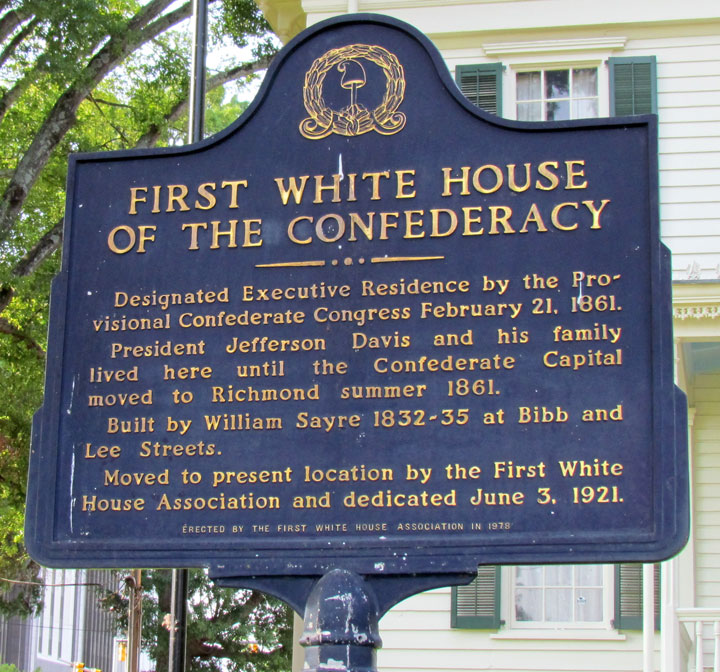
The city was incorporated in 1819, as a merger of two towns situated along the
Alabama River. It became the state capital in 1846. In February 1861, Montgomery
was selected as the first capital of the Confederate States of America, until
the seat of government moved to Richmond, Virginia in May of that year. During
the mid-20th century, Montgomery was a primary site in the African-American
Civil Rights Movement, including the Montgomery Bus Boycott and the Selma to
Montgomery marches.
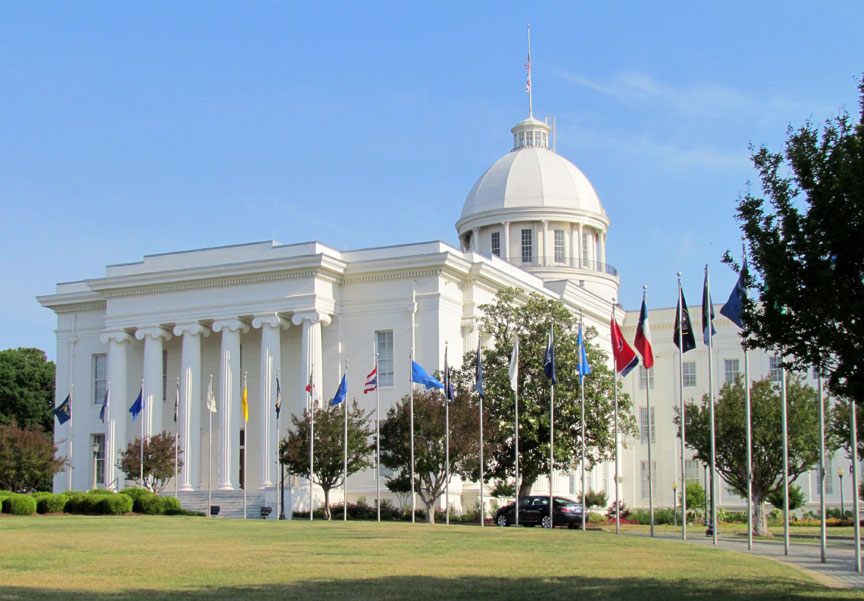
Alabama State Capital
More Photos of the State Capital Capital Gounds
Today, in addition to housing many Alabama government agencies, Montgomery has a large military presence due to Maxwell Air Force Base, public universities Alabama State University, Troy University (Montgomery campus), and Auburn University-Montgomery, private colleges/universities Faulkner University, Huntingdon College, and ABA-accredited law school Thomas Goode Jones School of Law, high-tech manufacturing including Hyundai Motor Manufacturing Alabama, and cultural attractions like the Alabama Shakespeare Festival and Montgomery Museum of Fine Arts.

Alabama and United States flags
Prior to European colonization, the left bank of the Alabama River was inhabited by the Alibamu tribe of Native Americans. The Alibamu and the Coushatta who lived on the opposite side the river were adept mound builders. Present-day Montgomery is built on the site of two Alibamu towns: Ikanatchati (Ekanchattee or Ecunchatty or Econachatee), meaning "red earth"; and Towassa, built on a bluff called Chunnaanaauga Chatty. The first Europeans to come through central Alabama were Hernando de Soto and his expedition, who came through Ikanatchati and camped for one week in Towassa in 1540.
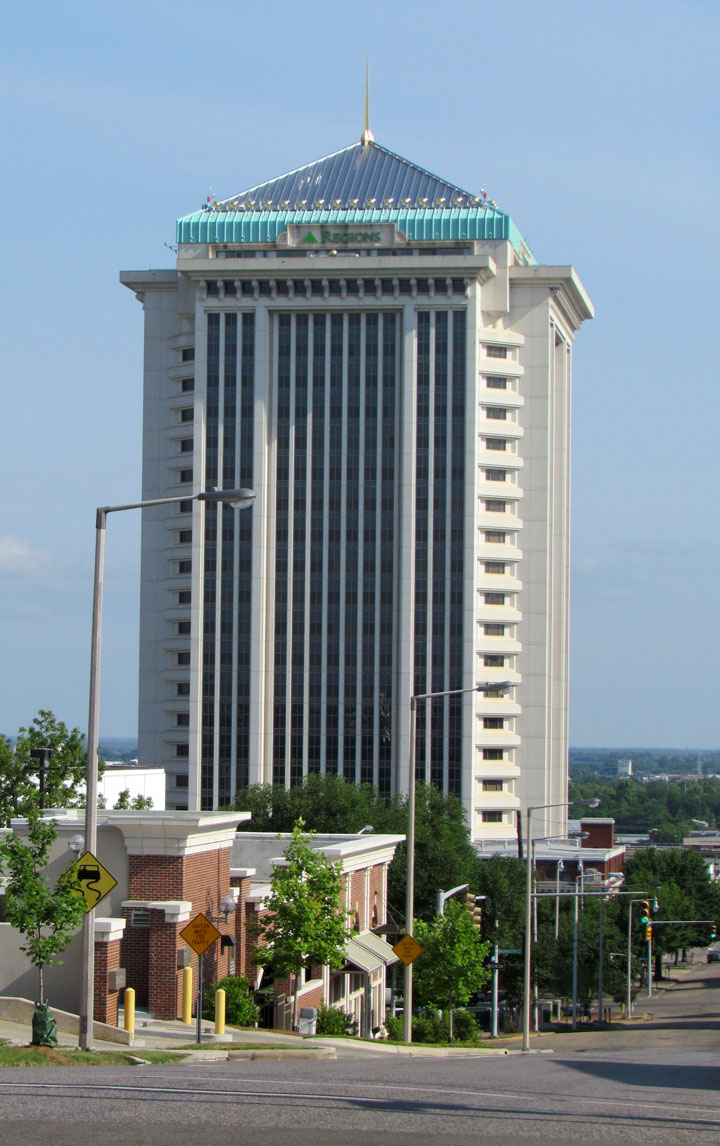
The next recorded European movements in the area happened well over a century
later, when an expedition from Carolina went down the Alabama River in 1697. The
first permanent European settler in the Montgomery area was James McQueen, a
Scottish trader who came to the area in 1716.
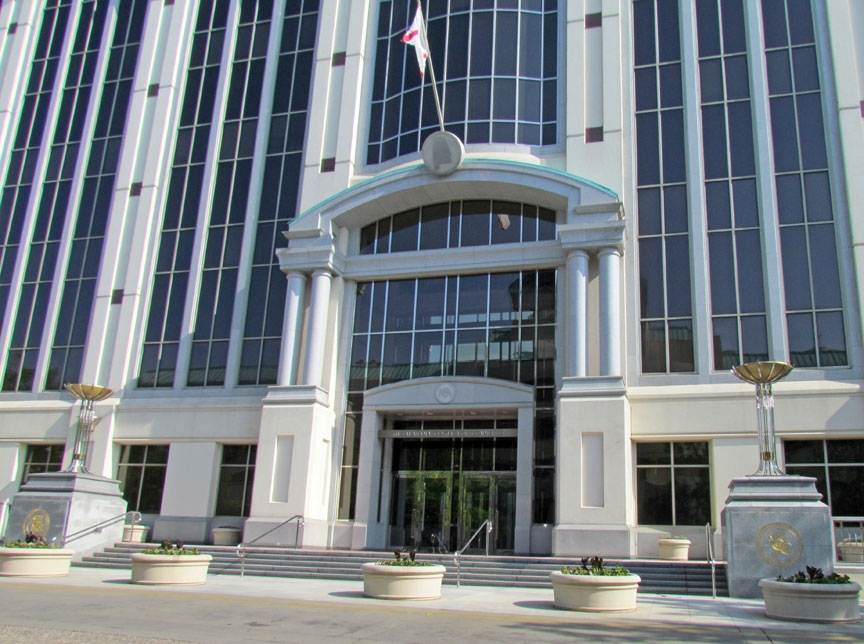
After McQueen's arrival, European immigration to the area was slow in coming;
Abraham Mordecai of Pennsylvania arrived in 1785 and later brought the first
cotton gin to Alabama. Following the end of the Creek War in August 1814, the
Creek tribes were forced to give the majority of their lands to the US,
including most of central and southern Alabama.
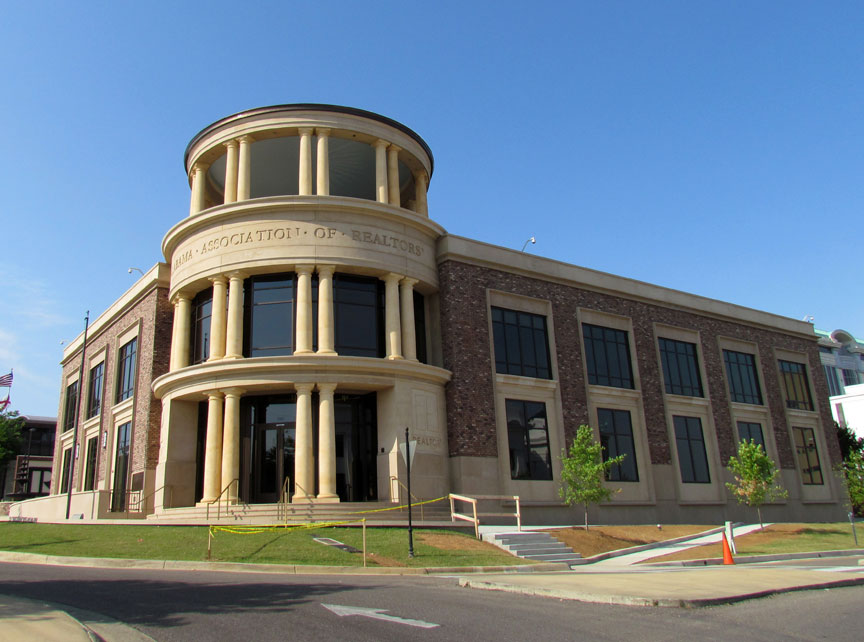
Alabama Association of Realtors
In 1816, Montgomery County was formed, and its lands were sold off the next year
at the federal land office in Milledgeville, Georgia. The first group of
settlers to come to the Montgomery area was headed by General John Scott. The
group founded Alabama Town about 2 miles (3 km) downstream from present-day
downtown. In June 1818, county courts were moved from Fort Jackson to Alabama
Town. Soon after, Andrew Dexter founded New Philadelphia, the present-day
eastern part of downtown. Dexter envisioned his town would one day grow to
prominence; he set aside a hilltop known as "Goat Hill" as the future location
for the state capitol building. New Philadelphia soon prospered, and Scott and
his associates built a new town adjacent, calling it East Alabama Town. The
towns became rivals, but merged on December 3, 1819, and were incorporated as
the city of Montgomery.
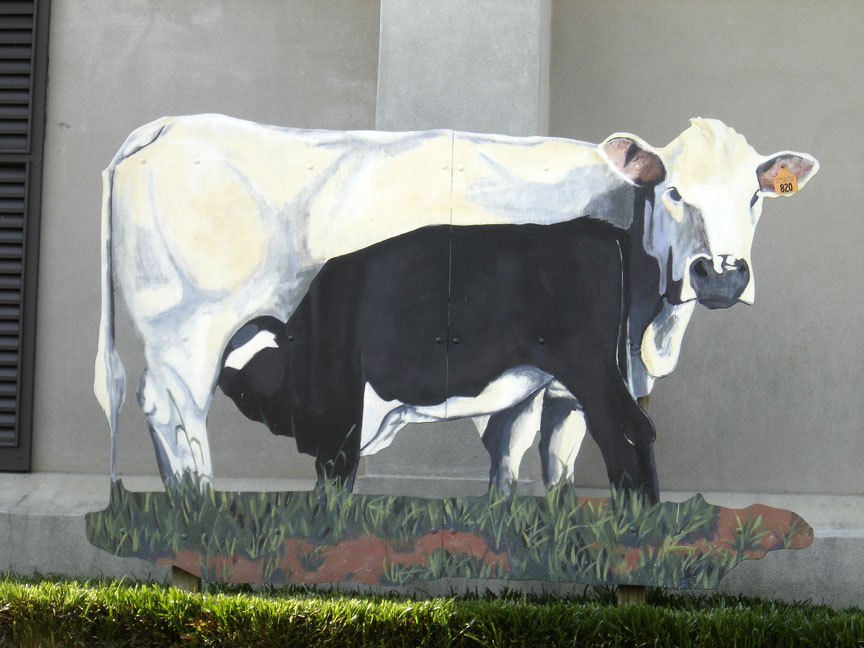
Due in large part to the cotton trade, the newly united Montgomery grew quickly.
In 1822, the city became the county seat, and a new courthouse was built at the
present location of Court Square, at the foot of Market Street (now Dexter
Avenue). The state capital was moved from Tuscaloosa to Montgomery, on January
28, 1846.
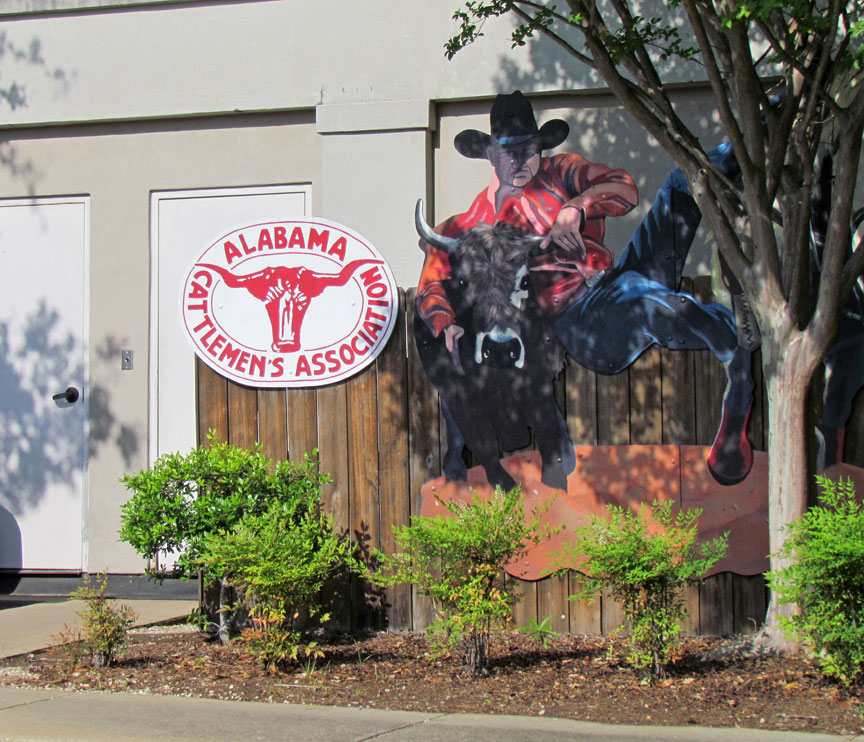
Alabama Cattlemen's Association
As state capital, Montgomery began to have a great influence over state politics, but would also play a prominent role on the national stage. Beginning February 4, 1861, representatives from Alabama, Georgia, Florida, Louisiana, Mississippi, and South Carolina met in Montgomery to form the Confederate States of America. Montgomery was named the first capital of the nation, and Jefferson Davis was inaugurated as President on the steps of the State Capitol. On April 12, 1865, following the Battle of Selma, Major General James H. Wilson captured Montgomery for the Union.

In 1886 Montgomery became the first city in the United States to install city-wide electric street cars along a system that was nicknamed the Lightning Route. The system made Montgomery one of the first cities to "depopulate" its residential areas at the city center through transportation-facilitated suburban development.

Dexter Avenue Baptist Church
According to University of Alabama historian David Beito, Montgomery "nurtured the modern civil rights movement." On December 1, 1955, Rosa Parks was arrested for refusing to give up her bus seat to a white man, sparking the Montgomery Bus Boycott. The Montgomery Improvement Association was created by Martin Luther King, Jr., then the pastor of Dexter Avenue Baptist Church, and E.D. Nixon, a lawyer and local civil rights advocate, to organize the boycott. In June 1956, Judge Frank M. Johnson ruled that Montgomery's bus segregation was illegal. After the Supreme Court upheld the ruling in November, the city desegregated the bus system, and the boycott was ended. The Greyhound Bus Station on South Court Street was the scene of mob violence during the Freedom ride of May 1961, which led to the desegregation of interstate traffic.
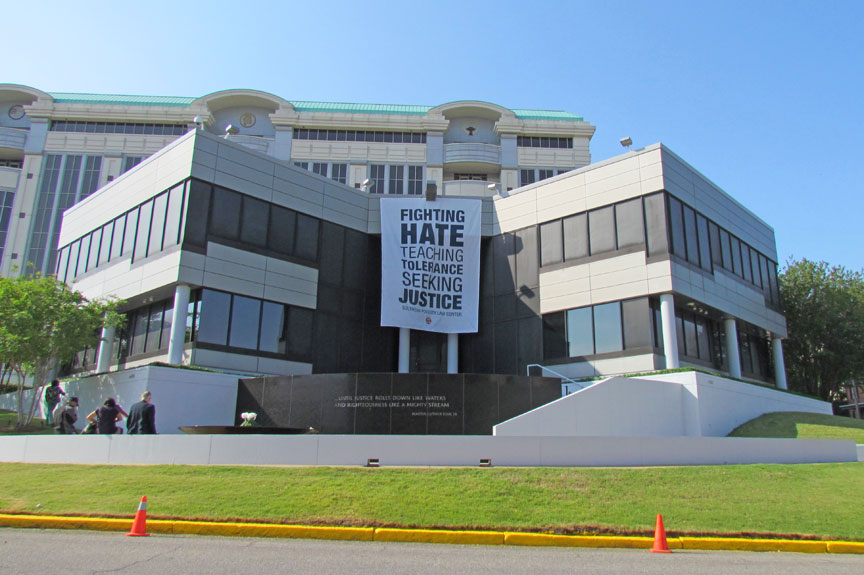
Civil Rights Museum
Martin Luther King would return to Montgomery in 1965. Local civil rights leaders in Selma had been protesting Jim Crow laws blocking Blacks from registering to vote. Following the shooting of a man after a civil rights rally, the leaders decided to march to Montgomery to petition Governor George Wallace to allow free voter registration.
Text from Wikipedia
Residential Architecture

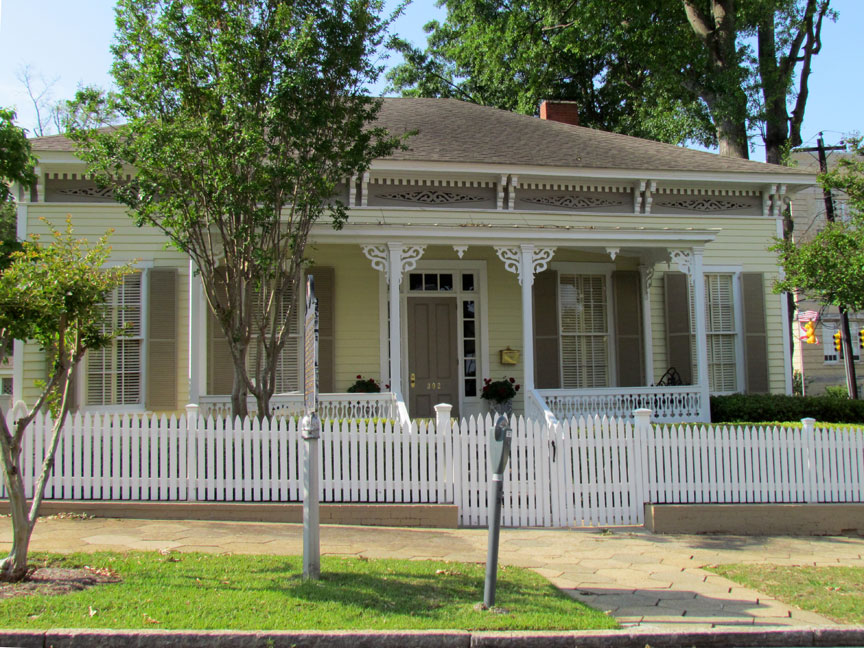

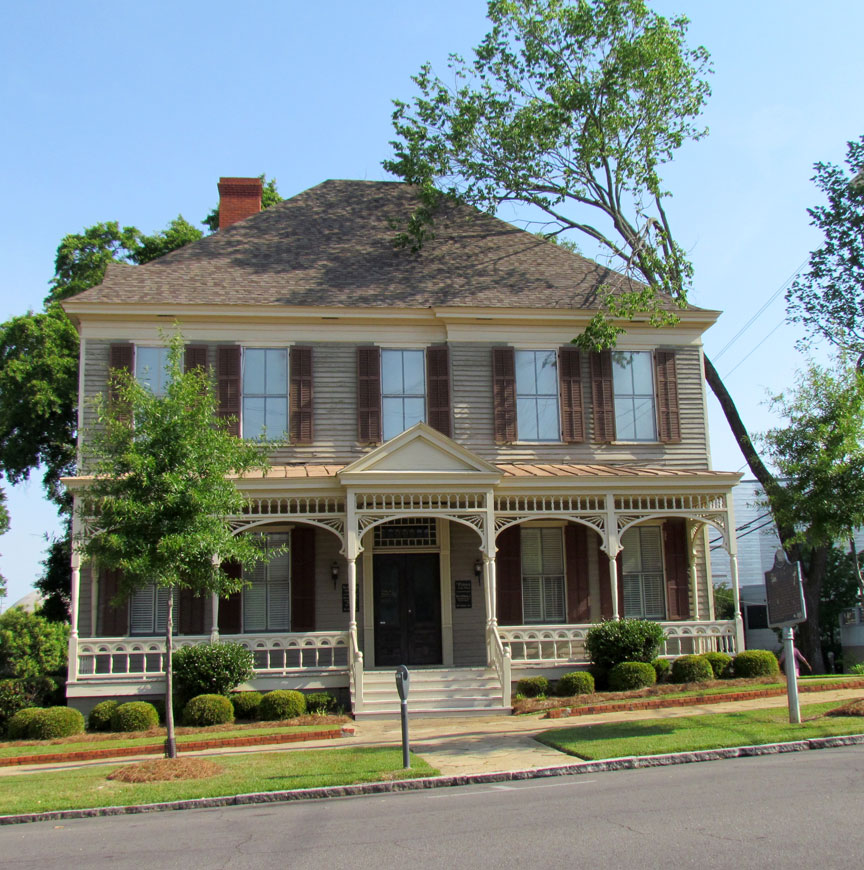
Governor Jones House
